Albatrosses are a group of large seagoing birds in the Diomedeidae family. Scientists recognize 22 different species of Albatross. Sadly, every single species is in danger of extinction to some degree. In fact, the IUCN lists two species as Critically Endangered, the Tristan Albatross and the Waved Albatross. Read on to learn about the animal.
Description of the Albatross
These birds are incredibly large, and have immense wingspans. The largest species, the wandering Albatross, has a wingspan of 12 ft. across! For birds with such large wings, they are surprisingly lightweight.
At their heaviest, most Albatrosses weigh no more than 25 lbs. or so. This is because they are perfectly adapted for aerodynamic ability, and the less you weigh, the easier it is to fly.
Interesting Facts About the Albatross
Because they are so large, it is a small wonder that these birds have attracted the attention of humans for centuries. Learn more about what makes these imposing seabirds so unique below.
- Not Just Big Birds – Albatrosses are not only incredibly large birds, but they are the largest in the world. Well … not in weight, but in wingspan. They have the longest wingspan of any living bird today! Several species of pelican are also near the top of the list, as well as the Andean condor.
- True Seabirds – The many different species of Albatrosses all share a similar trait. These birds rarely come ashore. In fact, the only time they ever return to land is to reproduce. In fact, before they are old enough to breed, some birds might not step foot on land for up to 10 years!
- Long Wings and Long Lives – Not only do these birds have incredibly long wings, but they also live incredibly long lives. In fact, they have the longest life of any wild bird. Though some parrots surpass their longevity in zoos, Albatrosses hold the record for the oldest wild bird.
- Wisdom of the Albatross – A Laysan Albatross, called Wisdom, is at least 63 years old, and likely as old as 68! Researchers banded her in 1956, and scientists estimate that she was 5 years old when the band was placed. Amazingly, she has raised a chick every year since 2006!
Habitat of the Albatross
Even though there are many different species of Albatross, these birds all share the same habitat – the sea! All species spend most of their lives on or above the ocean, and only come to shore when they are ready to breed.
Most species prefer to feed in exceptionally deep areas, though they cannot dive very far below the surface. They rarely hunt for fish in oceans shallower than 3,000 ft. deep.
Distribution of the Albatross
These birds live in two wide bands across the open ocean of the southern hemisphere and the northern hemisphere, with the exception of the North Atlantic Ocean.
The vast majority of species live to the south, primarily between Antarctica and the southern coasts of South America, Africa, and Australia. There are several species that live in the northern Pacific Ocean, from the west coast of North America to the east coast of Asia.
Diet of the Albatross
As seabirds, Albatrosses primarily feed on fish and other sea creatures. They hunt the oceans for squid, octopus, fish, shrimp, krill, and more. Sometimes they also eat carrion, or the scraps left behind by other hunters.
Each species of Albatross hunts for different types of prey, and their target also depends on the season. While they are breeding, they can only eat what foods are close to their colonies.
Albatross and Human Interaction
Sadly, human activity has not been kind to these birds. In fact, there is not a single species of Albatross that is not in danger of extinction. Humans have hunted these birds, killed them for sport, or simply for entertainment, and harvested them for their feathers and their eggs.
Fishermen also accidentally kill Albatrosses in commercial longline fishing. There are many different threats to these birds, the extent of which varies by species.
Domestication
Humans have not domesticated Albatrosses in any way.
Does the Albatross Make a Good Pet
No, Albatrosses do not make good pets. These birds spend their lives soaring over the open ocean, and would not do well as a household pet. It is also illegal to harm, harass, capture, own, or kill them.
Albatross Care
These birds rarely end up in zoos, but those that do suffered severe injuries in some way. Sometimes an wounded animal cannot survive in the wild. Rather than euthanizing the animal, if they can still live a pain-free life, zoos will take it into their care.
Albatrosses in zoos, like the animals at the Monterey Bay Aquarium, help zookeepers teach visitors about their plight.
Behavior of the Albatross
Generally, behavior varies from species to species and individual to individual. As a whole, they spend long periods of time soaring on their wide wings. Scientists believe that they can sleep while they fly, but no one has ever seen a bird do this.
When they are ready to breed, large numbers of birds congregate in colonies on cliffs and bluffs near the ocean. Some colonies contain densely packed birds, while others are more spacious and loosely connected.
Reproduction of the Albatross
Each species of Albatross has different reproductive needs and strategies. Most birds do not begin to breed until they are several years old, and some species wait until they are up to 10 years old. They perform elaborate dances and courtship to choose mates. These mates return to the same colonies, and breed with the same mate, until one of them does not return.
Both the male and female incubate the eggs, usually for 2.5 to 3 months. Some species do not begin to fledge until they are 9 months old, and the rate varies by species.
Beliefs, Superstitions, and Phobias About the Albatross
Sailors are quite superstitious, and believe that it is bad luck to kill an Albatross. An old poem, describing a sailor who killed an Albatross and had to carry the dead bird around his neck, even created a metaphor about Albatrosses being a burden one must carry. Sadly, despite the myth, people still killed Albatrosses.

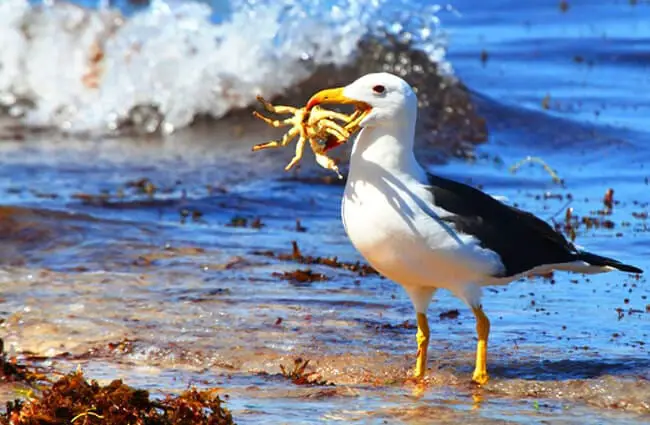
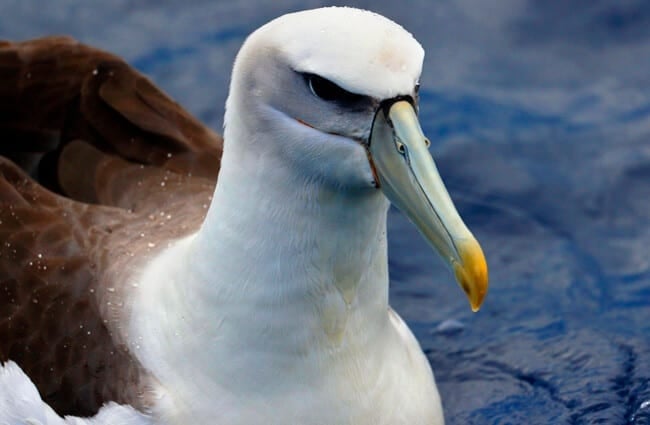
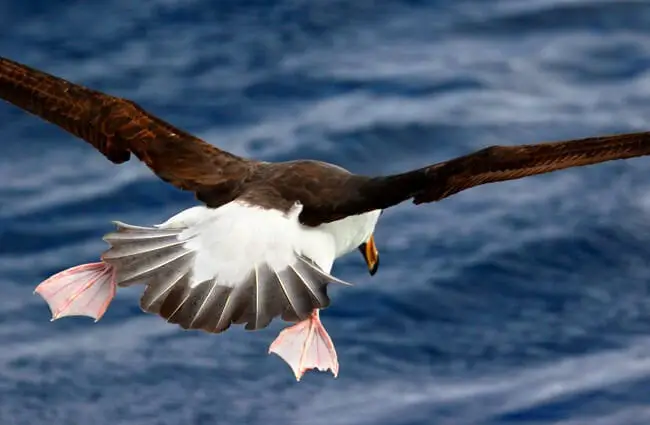
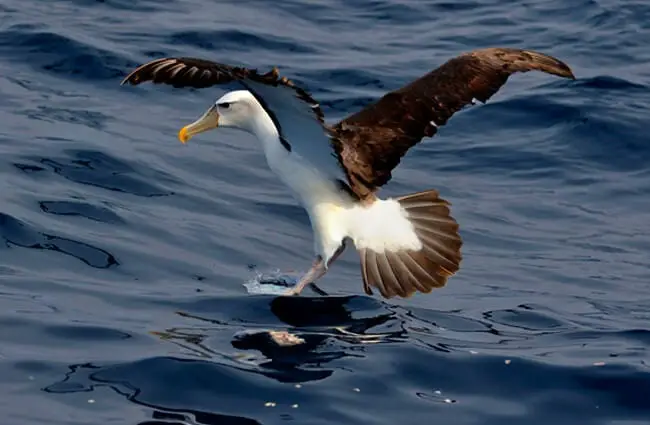
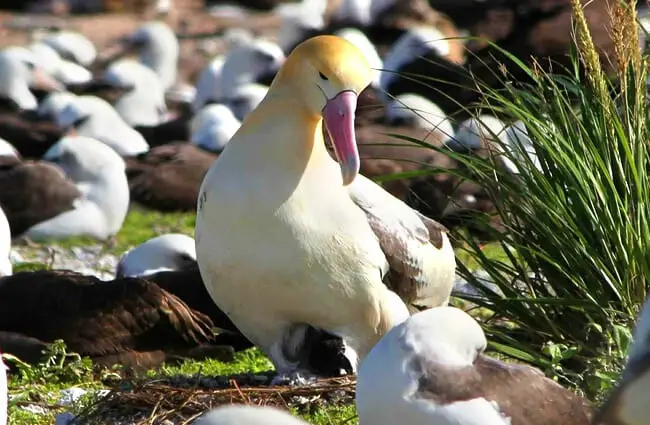

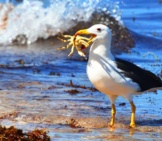
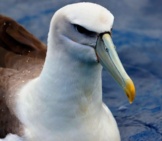
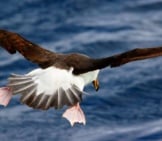
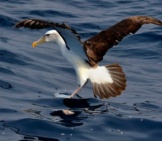
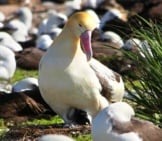
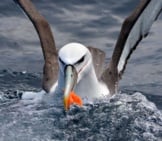
![Red Angus Closeup of a beautiful Red Angus cowPhoto by: U.S. Department of Agriculture [pubic domain]https://creativecommons.org/licenses/by/2.0/](https://animals.net/wp-content/uploads/2020/03/Red-Angus-4-238x178.jpg)












![Red Angus Closeup of a beautiful Red Angus cowPhoto by: U.S. Department of Agriculture [pubic domain]https://creativecommons.org/licenses/by/2.0/](https://animals.net/wp-content/uploads/2020/03/Red-Angus-4-100x75.jpg)

